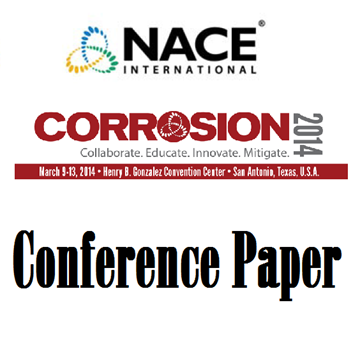Search
11298 Mercury Embrittlement Crack Initiation in 5083 Aluminum Alloys – the Role of the Oxide Fillm
Also Purchased
10294 Mercury Liquid Metal Embrittlement of Alloys for Oil and Gas Production and Processing
Product Number:
51300-10294-SG
ISBN:
10294 2010 CP
Publication Date:
2010
$20.00
Mercury Liquid Metal Embrittlement Testing of Oil and Gas Production Alloys
Product Number:
51314-3993-SG
ISBN:
3993 2014 CP
Publication Date:
2014
$20.00
04558Liquid Metal Embrittlement (LME) of the 6061 Al-Alloy by Mercury
Product Number:
51300-04558-SG
ISBN:
04558 2004 CP
$20.00




